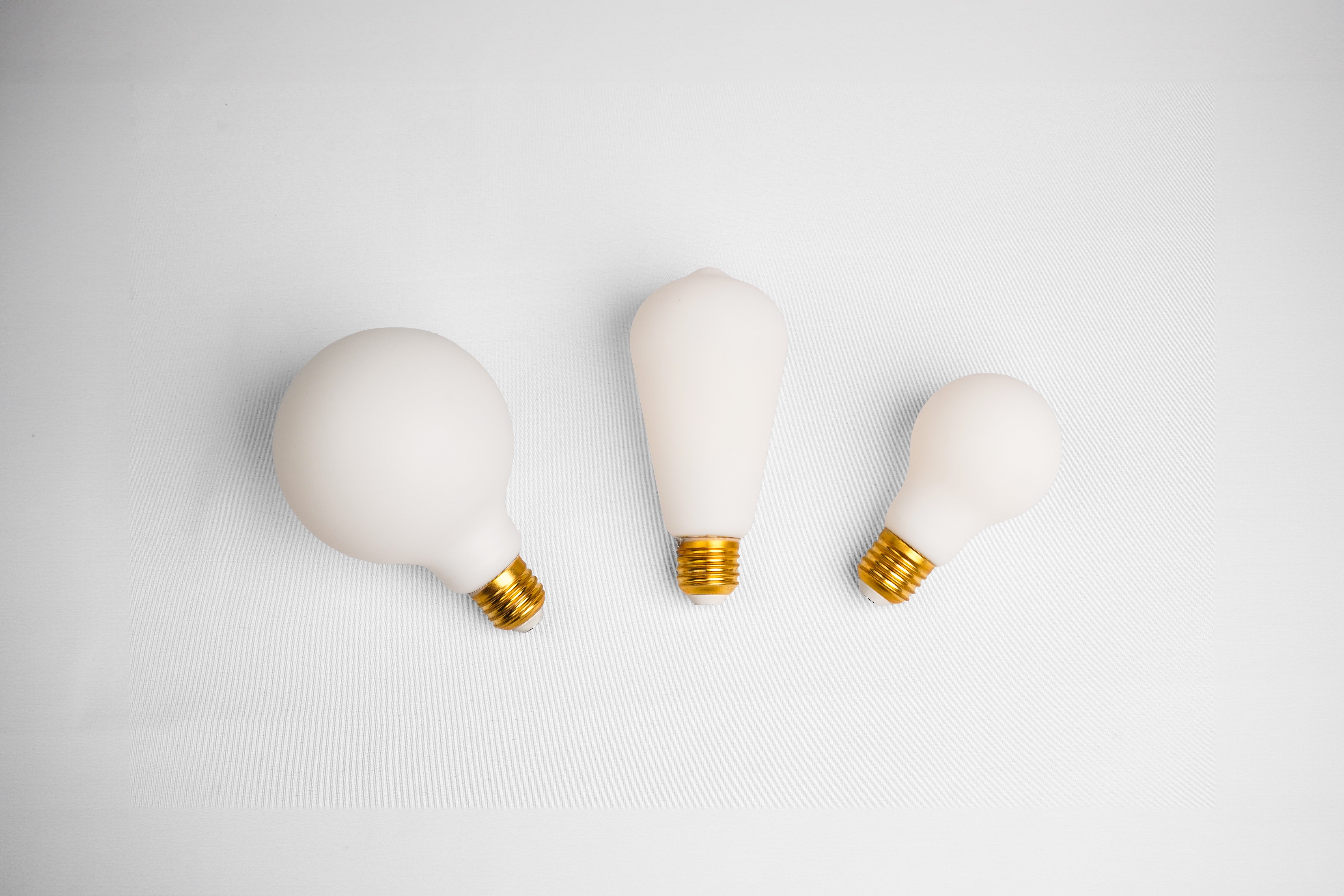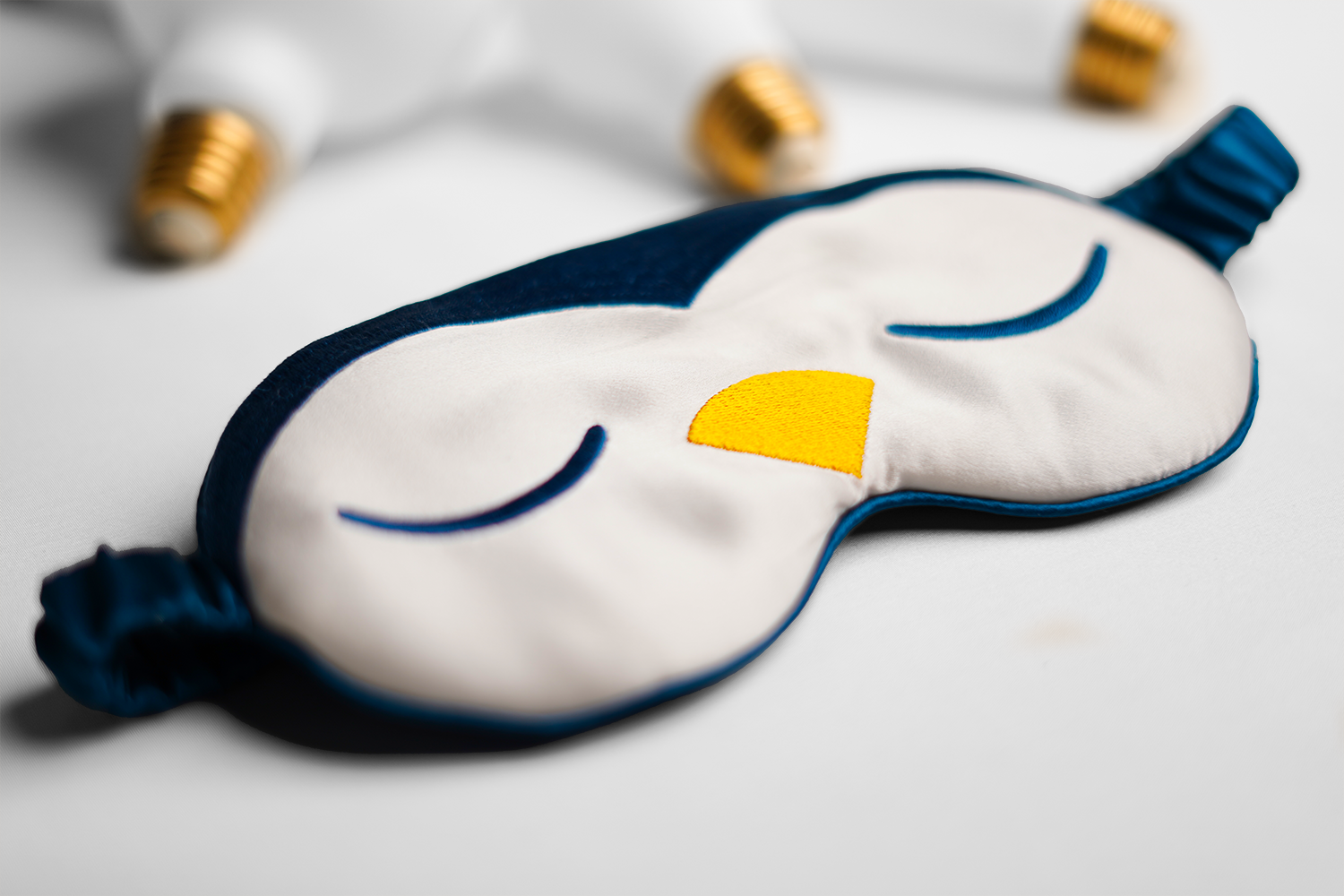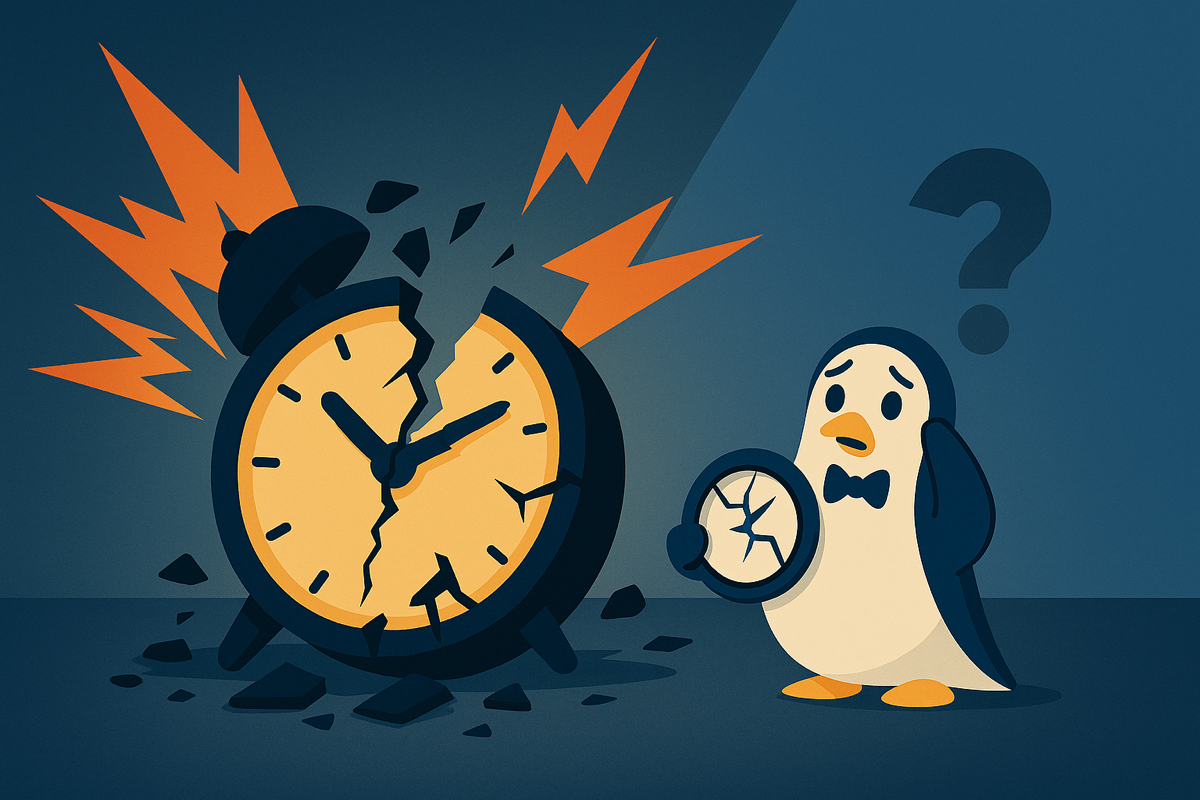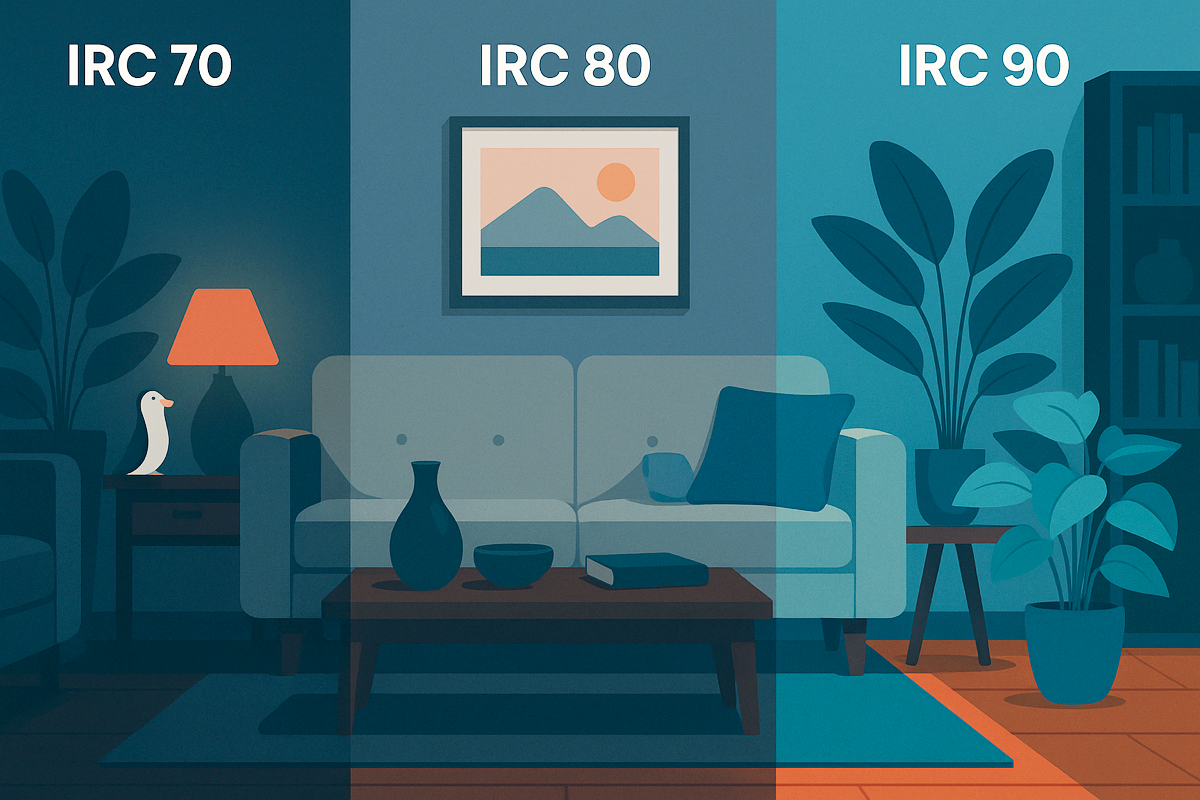Reading time: 4 min
In short:
A one-hour time difference, and the effects are measurable: a 24% increase in heart attacks and a 17% increase in road accidents. It's not just a matter of comfort. Time change profoundly desynchronizes your biological clock.
📌 Summary
1. What an hour's time difference hides
We laugh about it twice a year. We grumble a little, we tell ourselves "it'll pass." Yet, this small change disrupts one of our body's most fundamental systems: the circadian rhythm. The internal clock that regulates our temperature, our energy, our hormones... and our sleep.
The problem? This clock doesn't shift like the microwave clock. It takes several days—sometimes more than a week—to recalibrate. And during this time, the body goes out of sync. We sleep poorly, we react more slowly, we become vulnerable without even noticing it.
2. Measurable and serious consequences
The statistics are clear. In the days following the switch to daylight saving time, hospitals recorded a 24% increase in heart attacks. Road accidents, meanwhile, saw a 17% increase in accidents. Even risk-taking at work increased. Why? Because one hour less sleep means a slower brain, a more fragile heart, and a disoriented body.
These effects are documented, reproducible, and measured in several countries. This isn't an urban legend. It's biology. And every year, millions of people experience it, without understanding that it's not "just an hour" but a real physiological shock.
3. An invisible… but violent desynchronization
What we often forget: light plays a central role in our ability to manage this shift. If your inner light remains unchanged while the external rhythm shifts, you further disrupt your biological signals. The brain no longer knows if it's morning, evening, or something else.
Circadian lighting helps cushion this shock. It can even gently prepare the body by slightly modifying the intensity and temperature of the light in the days leading up to it. And after the time change, it allows for a rapid reestablishment of coherence between the environment and biorhythm.
🎥 Watch the video: the danger of changing the time
How to limit circadian impact
Time change is difficult to avoid. But we can anticipate it and protect ourselves from it. Here's what really helps:
- Gradually adjust your schedule 2–3 days beforehand
- Expose yourself to circadian light adapted to the new rhythm
Laqi kits synchronize your home's lighting with daytime reality. Less confusion, less fatigue, less risk.
💬 FAQ
Why is daylight saving time more problematic?
Because we lose an hour of sleep. The body has to go to bed earlier, which is harder to synchronize.
Does the time change affect everyone?
Yes, but children, the elderly and night workers are most susceptible.
Is adaptive light enough?
It does not eliminate the change, but it reduces its biological impact by limiting the confusion of signals.
It's not "just an hour." It's a real upheaval.
By protecting your circadian rhythm, you're not just gaining comfort. You're preserving your health, your attention span... and maybe more.














